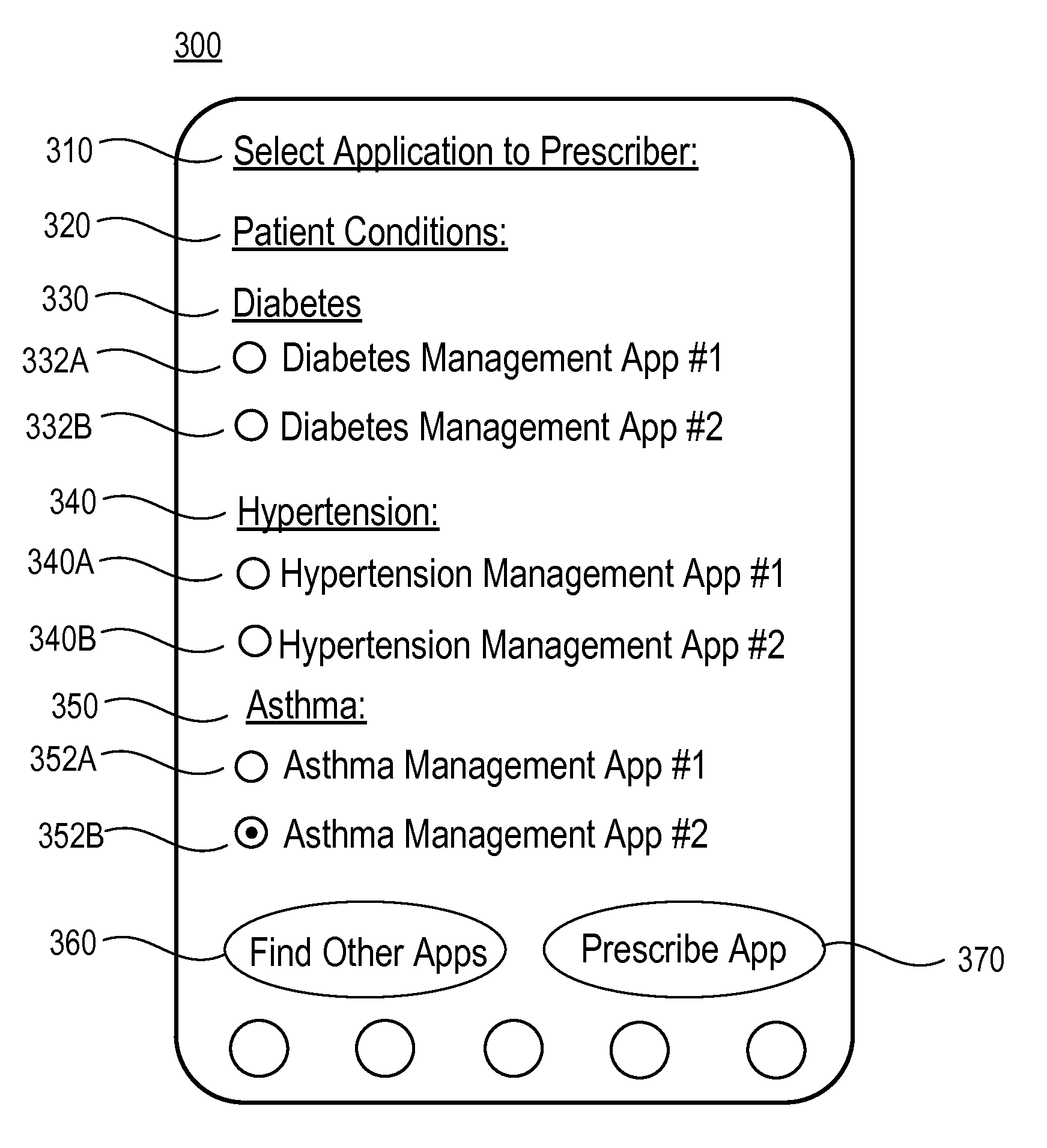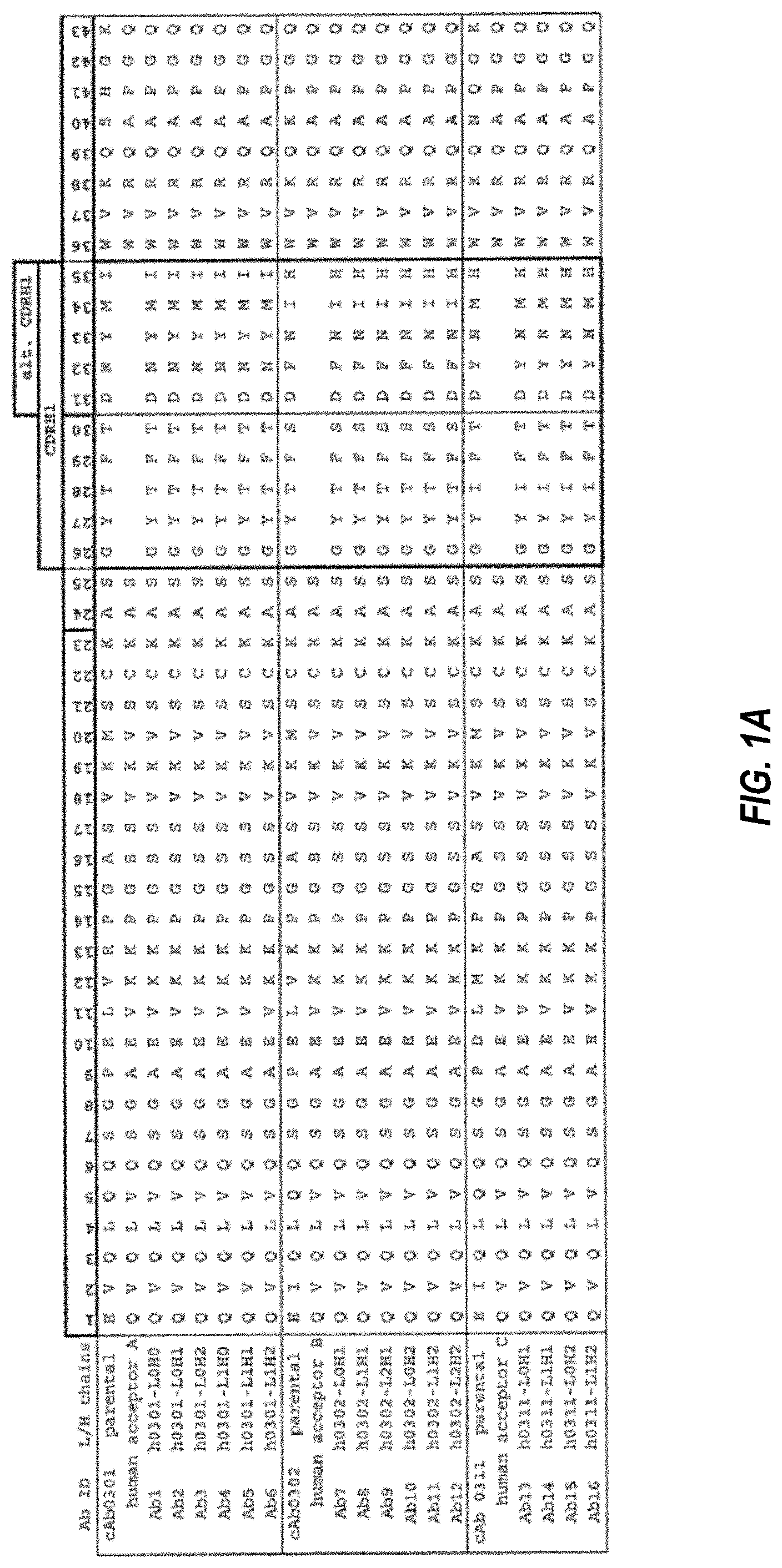Invented by Brad Ryan, John MacCarthy, Glen Connery, Seth Reid, Iqvia Inc
App prescribing refers to the practice of healthcare providers recommending or prescribing mobile applications to their patients as a part of their treatment plan. These apps can range from those focused on chronic disease management, mental health support, medication adherence, fitness tracking, and more. The goal is to leverage technology to empower patients in managing their health and promoting better self-care.
The market for app prescribing has expanded rapidly due to several factors. Firstly, the widespread adoption of smartphones and other mobile devices has made these apps easily accessible to a large population. According to a survey conducted by the Pew Research Center, as of 2021, 85% of adults in the United States own a smartphone, providing a vast potential user base for healthcare apps.
Secondly, the COVID-19 pandemic has accelerated the adoption of telehealth and remote patient monitoring, leading to increased interest in digital health solutions. With the need for social distancing and limited in-person visits, healthcare providers have turned to app prescribing as a means to remotely monitor and support their patients.
Furthermore, the growing emphasis on value-based care and patient-centered approaches has fueled the demand for app prescribing. By incorporating these apps into their practice, healthcare providers can engage patients in their own care, promote self-management, and potentially reduce healthcare costs by preventing complications or hospitalizations.
However, the market for app prescribing is not without its challenges. One of the key concerns is the lack of regulation and oversight. Unlike traditional pharmaceuticals, mobile applications do not undergo the same rigorous testing and approval processes. This raises questions about the safety, efficacy, and privacy of these apps. Healthcare providers must carefully evaluate and select apps that have been developed by reputable companies and have demonstrated evidence of effectiveness.
Another challenge is the potential for health disparities. While smartphone ownership has become widespread, there are still segments of the population, particularly older adults and those from lower socioeconomic backgrounds, who may have limited access to or familiarity with these technologies. Ensuring equitable access to app prescribing and providing support for those who may face barriers is crucial to prevent exacerbating existing health disparities.
Despite these challenges, the market for market measures and outcomes of app prescribing holds great potential. Studies have shown promising results in various areas, such as improved medication adherence, better disease management, and increased patient engagement. For example, a study published in JAMA Internal Medicine found that patients with diabetes who used a mobile app to track their blood glucose levels had significantly improved glycemic control compared to those who did not use the app.
As the market continues to evolve, it is essential for healthcare providers, app developers, and regulatory bodies to collaborate and establish guidelines for app prescribing. This includes developing standardized measures to evaluate the effectiveness and safety of healthcare apps, ensuring data privacy and security, and promoting transparency in app development and marketing practices.
In conclusion, the market for market measures and outcomes of app prescribing is witnessing significant growth and presents numerous opportunities for improving patient care. However, careful consideration must be given to address the challenges associated with regulation, equity, and patient safety. By leveraging the potential of these digital health tools responsibly, healthcare providers can enhance patient outcomes and empower individuals to take an active role in managing their health.
The Iqvia Inc invention works as follows
The disclosure describes methods, software and systems that are computer-implemented for receiving and aggregating anonymous data reports when prescribing physicians provide wireless device apps to patients. The disclosure discusses how to analyze the data reports along with other electronic medical records in order to draw useful conclusions about scenarios within the health care process.
Background for Market measures and outcomes of app prescribing
As part of the medical process, doctors or other care providers can suggest, request or “prescribe” as part of their treatment. As part of their medical treatment, patients may use an application for health, wellness or disease management. Such an application could be a web or mobile application, for example.
OVERVIEW
The present disclosure is about computer-implemented software and methods for gathering information when patients are prescribed wireless device applications to treat medical conditions. Implementations can gather and analyze application prescription data in order to measure, track and link application prescription data with outcomes such as treatment outcomes and economic outcomes. The present disclosure describes how wireless device application prescription data can be gathered, and then used to provide useful conclusions to participants in health care processes.
The computer-implemented methods include: Receiving via a communication network, an analytic service, one or several data reports from wireless application providers who provide wireless applications to patients; retrieving, via the communications system, patient population data, including electronic medical data associated with a population of patients to whom wireless applications were provided; organizing the data reports to different data sets based on the wireless application identifier. Data reports within a set are all associated with that wireless application identifier.
Other implementations may include computer systems, computer apparatuses, and computer software recorded on one computer storage device or more, all configured to perform the methods actions. Software, firmware, hardware or a combination thereof installed on a system of one computer or more can be configured to perform certain operations or actions. “One or more computer programs may be configured to perform specific operations or actions through the inclusion of instructions that, upon execution by a data-processing apparatus, cause it to perform these actions.
The above and other implementations may each include one or more features. In some implementations, the conclusion is generated by generating quantitative data about the impact of the wireless device application in a specific scenario. In some implementations the analyzing can include comparing the characteristic of a patient population data set where the wireless application was used to the characteristic of a control group that did not use the wireless application. In some implementations receiving one or more data sets may include receiving a provider identifier for each data set that identifies a wireless device application provider. The retrieving then retrieves information about each data set using the corresponding data report provider identifier. In some implementations retrieving patient information can include retrieving treatment outcomes for medical conditions of the patients, and the analysis may produce a conclusion regarding the effects of the wireless application on treatment outcomes. In some implementations retrieving patient information can include retrieving treatment outcomes for medical conditions of the patients and a prescribed drug, medical devices, or therapy. The analyzing could generate a conclusion on the effect of co-adminstruction the wireless device application with the drug, device, or therapy. In some implementations retrieving patient information can include retrieving treatment costs for medical conditions of the patients. The analyzing could generate a conclusion regarding the effect of wireless device applications on treatment costs. In some implementations retrieving patient population information can include tracking usage data of a reconciled regiment wireless applications by the patients, and retrieving that tracked usage data. Tracking usage information for a reconciled regiment wireless applications can include tracking usage information from multiple wireless application providers. In some implementations retrieving patient population information can include retrieving reimbursement data for a wireless application prescribed by the patient. The reimbursement information includes a payor ID that identifies the party reimbursing patient as well as the extent of reimbursement. In some implementations the organizing of data reports can include filtering the patient population into one or multiple data sets, based on a set or sets of demographic characteristics, and analyzing these data sets can involve comparing the data set that includes patients with one set of attributes with another data set that includes patients with a different set of attributes in order to arrive at a conclusion regarding the effects of providing the wireless device application for patients who have the first set and those with the second. In some implementations, the conclusion may be presented to a doctor for the purpose of making a clinical or treatment decision for a patient who has requested such a decision. Some implementations can also include presenting the conclusion as a tool to an insurance provider, payor or pharmaceutical sales representative in order to make a financial, economic or marketing decision.
The drawings and description below provide details on one or more implementations. The description, drawings and claims will reveal other features, aspects and advantages.
DESCRIPTION of Drawings
FIG. “FIG.
FIG. “FIG.
FIG. “FIG.
FIG. “FIG.
FIG. “FIG.
FIG. “FIG.
FIG. “FIG.
FIG. “FIG.
FIG. “FIG.
FIG. “FIG.
FIG. “FIG.
FIG. “FIG. 12 is a screenshot of an interface which draws conclusions about the distribution of wireless devices applications for an insurance provider.
FIG. “FIG.
Click here to view the patent on Google Patents.









